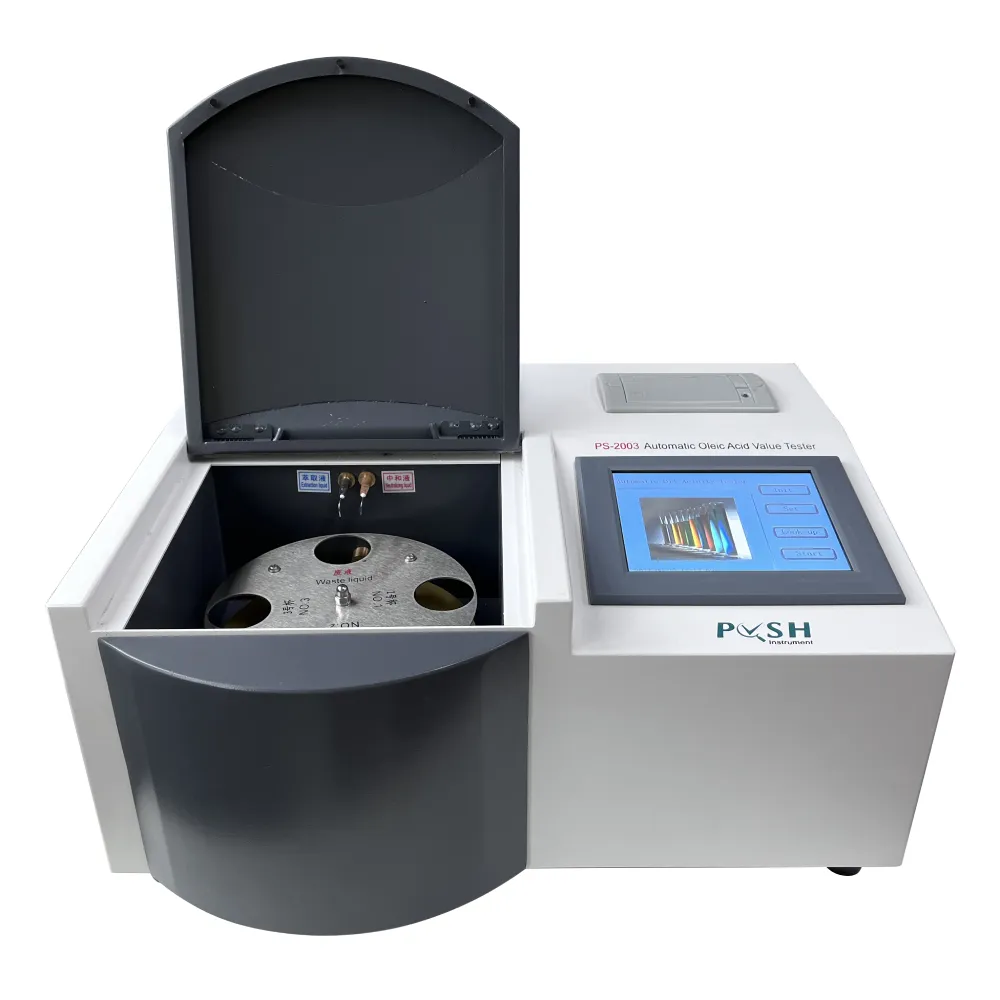 English
English



-
 Afrikaans
Afrikaans -
 Albanian
Albanian -
 Amharic
Amharic -
 Arabic
Arabic -
 Armenian
Armenian -
 Azerbaijani
Azerbaijani -
 Basque
Basque -
 Belarusian
Belarusian -
 Bengali
Bengali -
 Bosnian
Bosnian -
 Bulgarian
Bulgarian -
 Catalan
Catalan -
 Cebuano
Cebuano -
 China
China -
 China (Taiwan)
China (Taiwan) -
 Corsican
Corsican -
 Croatian
Croatian -
 Czech
Czech -
 Danish
Danish -
 Dutch
Dutch -
 English
English -
 Esperanto
Esperanto -
 Estonian
Estonian -
 Finnish
Finnish -
 French
French -
 Frisian
Frisian -
 Galician
Galician -
 Georgian
Georgian -
 German
German -
 Greek
Greek -
 Gujarati
Gujarati -
 Haitian Creole
Haitian Creole -
 hausa
hausa -
 hawaiian
hawaiian -
 Hebrew
Hebrew -
 Hindi
Hindi -
 Miao
Miao -
 Hungarian
Hungarian -
 Icelandic
Icelandic -
 igbo
igbo -
 Indonesian
Indonesian -
 irish
irish -
 Italian
Italian -
 Japanese
Japanese -
 Javanese
Javanese -
 Kannada
Kannada -
 kazakh
kazakh -
 Khmer
Khmer -
 Rwandese
Rwandese -
 Korean
Korean -
 Kurdish
Kurdish -
 Kyrgyz
Kyrgyz -
 Lao
Lao -
 Latin
Latin -
 Latvian
Latvian -
 Lithuanian
Lithuanian -
 Luxembourgish
Luxembourgish -
 Macedonian
Macedonian -
 Malgashi
Malgashi -
 Malay
Malay -
 Malayalam
Malayalam -
 Maltese
Maltese -
 Maori
Maori -
 Marathi
Marathi -
 Mongolian
Mongolian -
 Myanmar
Myanmar -
 Nepali
Nepali -
 Norwegian
Norwegian -
 Norwegian
Norwegian -
 Occitan
Occitan -
 Pashto
Pashto -
 Persian
Persian -
 Polish
Polish -
 Portuguese
Portuguese -
 Punjabi
Punjabi -
 Romanian
Romanian -
 Russian
Russian -
 Samoan
Samoan -
 Scottish Gaelic
Scottish Gaelic -
 Serbian
Serbian -
 Sesotho
Sesotho -
 Shona
Shona -
 Sindhi
Sindhi -
 Sinhala
Sinhala -
 Slovak
Slovak -
 Slovenian
Slovenian -
 Somali
Somali -
 Spanish
Spanish -
 Sundanese
Sundanese -
 Swahili
Swahili -
 Swedish
Swedish -
 Tagalog
Tagalog -
 Tajik
Tajik -
 Tamil
Tamil -
 Tatar
Tatar -
 Telugu
Telugu -
 Thai
Thai -
 Turkish
Turkish -
 Turkmen
Turkmen -
 Ukrainian
Ukrainian -
 Urdu
Urdu -
 Uighur
Uighur -
 Uzbek
Uzbek -
 Vietnamese
Vietnamese -
 Welsh
Welsh -
 Bantu
Bantu -
 Yiddish
Yiddish -
 Yoruba
Yoruba -
 Zulu
Zulu
Exploring Potentiometric Redox Titration Techniques for Enhanced Analytical Precision and Accuracy
Potentiometric Redox Titration Principles and Applications
Potentiometric redox titration is a powerful analytical technique used to determine the concentration of oxidizing and reducing agents in a solution. This method employs the principles of electrochemistry, utilizing a potentiometric measurement to track the progress of a redox reaction in real-time. It is particularly useful in cases where traditional visual indicators may be inadequate or where the solutions may be colored or turbid.
Principle of Potentiometric Redox Titration
The underlying principle of potentiometric titration is based on measuring the potential difference (voltage) between two electrodes immersed in the solution being analyzed. Typically, a reference electrode and an indicator electrode are used. The reference electrode maintains a constant potential, while the indicator electrode responds to changes in the concentration of reactants as the titration progresses.
During the titration, an oxidizing agent (or reducing agent) is added incrementally to the solution containing the analyte. As the titration reacts proceed, the potential of the indicator electrode changes, reflecting the evolving redox state of the solution. By plotting the measured potential against the volume of titrant added, a characteristic titration curve can be generated.
Key Features and Advantages
One of the main advantages of potentiometric redox titration is its ability to provide precise and accurate results. The method is not dependent on color changes, making it applicable to colored solutions or those that contain particulates. Additionally, potentiometric titrations do not require the use of external indicators, reducing potential sources of error and allowing for a more straightforward analysis.
potentiometric redox titration

The method also offers a wide detection range for many redox systems, enabling the analysis of various compounds in different concentrations. It can be conducted in various environmental conditions, and advances in electrode technology have enhanced sensitivity and response times, further broadening its applicability.
Applications in Various Fields
Potentiometric redox titration finds applications across numerous fields, including environmental monitoring, food and beverage analysis, pharmaceuticals, and chemical manufacturing. For instance, in environmental science, the technique is used to analyze water samples for pollutants, determining levels of nitrates, sulfides, and other redox-active substances.
In the food industry, it is utilized to assess the quality of products such as wines and juices, where redox reactions play a valuable role in flavor and preservation. The pharmaceutical sector uses potentiometric titration for quality control, ensuring the appropriate concentrations of active ingredients.
Conclusion
In summary, potentiometric redox titration is an essential tool in analytical chemistry, providing a reliable and efficient method for measuring redox-active species. Its strong advantages, such as precision, versatility, and adaptability to various conditions, make it an invaluable technique in multiple industries. As technology continues to advance, the application of potentiometric redox titration is likely to expand, aiding in the development of new materials, as well as improving quality control and environmental safety measures. Thus, understanding the principles and methodologies of potentiometric redox titration can open the door to innovative solutions and enhanced analytical capabilities.
-
Testing Equipment Industry Sees Major Advancements in 2025: Smart & Precision Technologies Lead the WayNewsJun.06,2025
-
Applications of Direct Current Generators in Renewable Energy SystemsNewsJun.05,2025
-
Hipot Tester Calibration and Accuracy GuidelinesNewsJun.05,2025
-
Digital Circuit Breaker Analyzer Features and BenefitsNewsJun.05,2025
-
Benefits of Real-Time Power Quality Monitoring Devices for Industrial EfficiencyNewsJun.05,2025
-
Earth Fault Loop Testing in High-Rise Building Electrical SystemsNewsJun.05,2025



